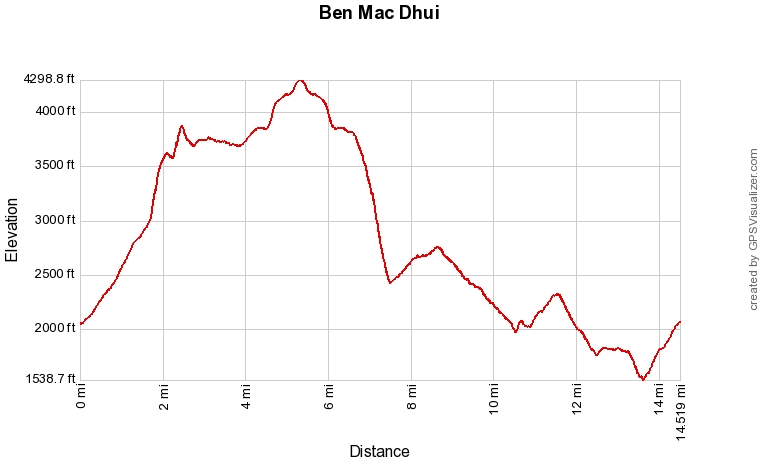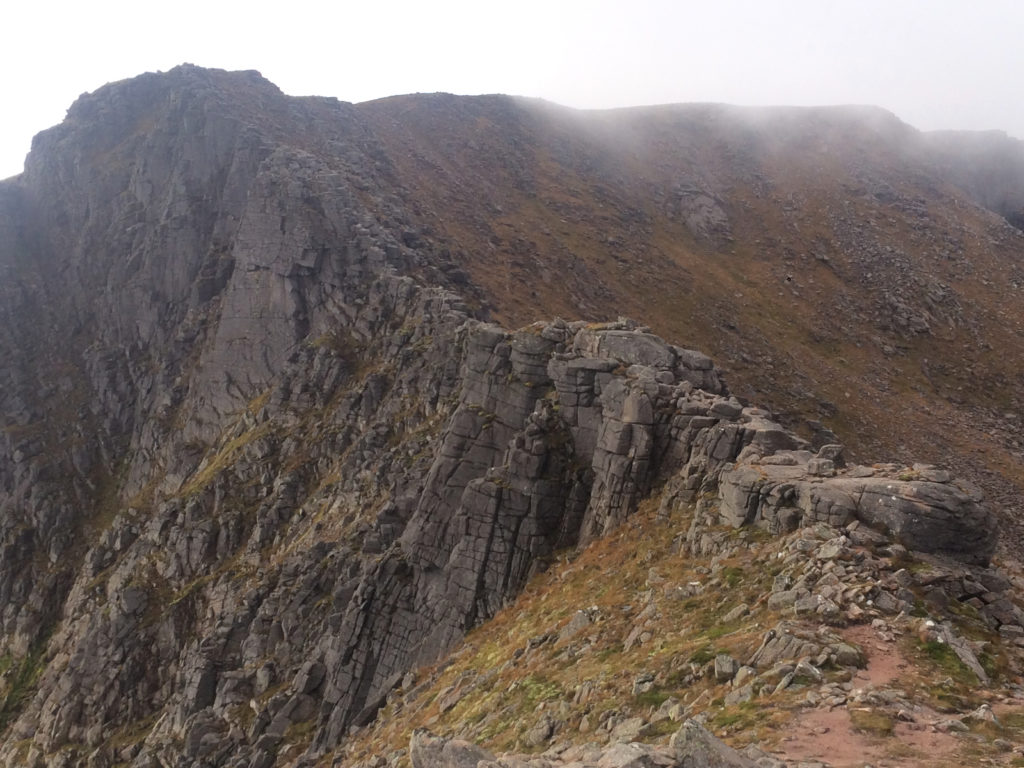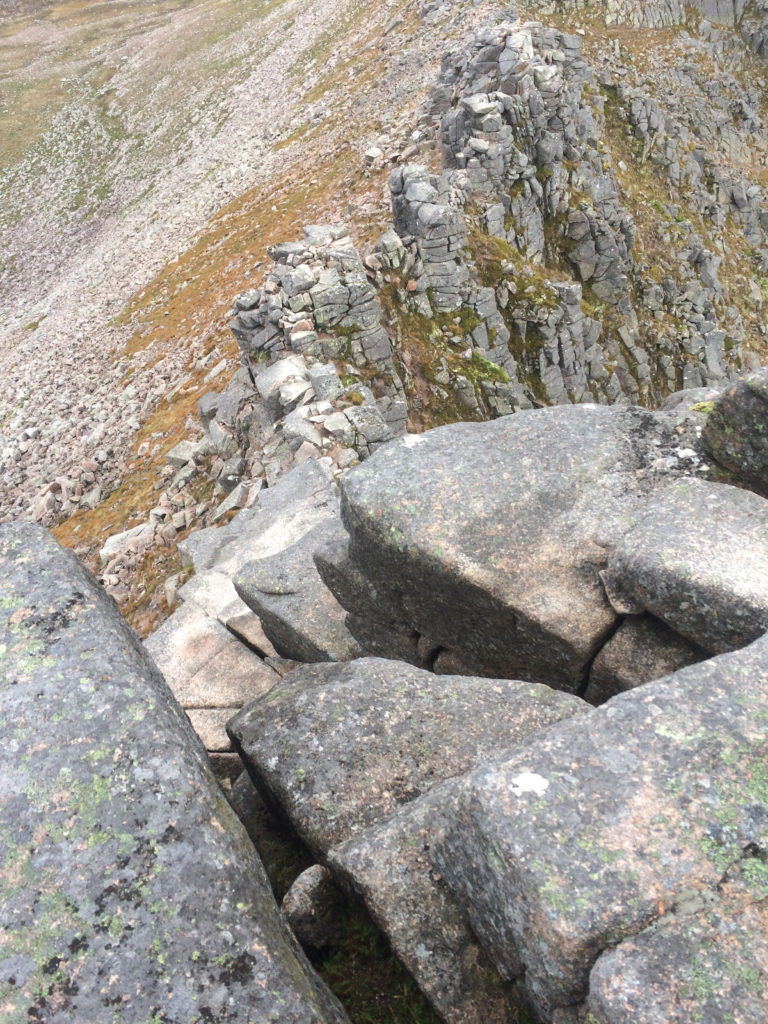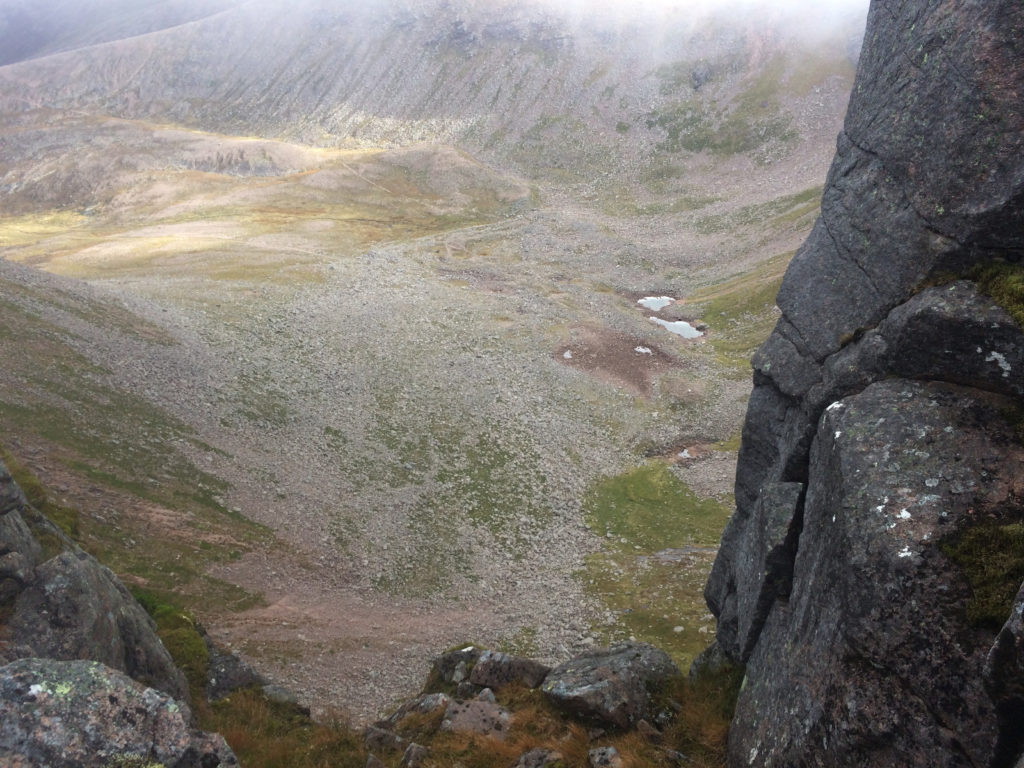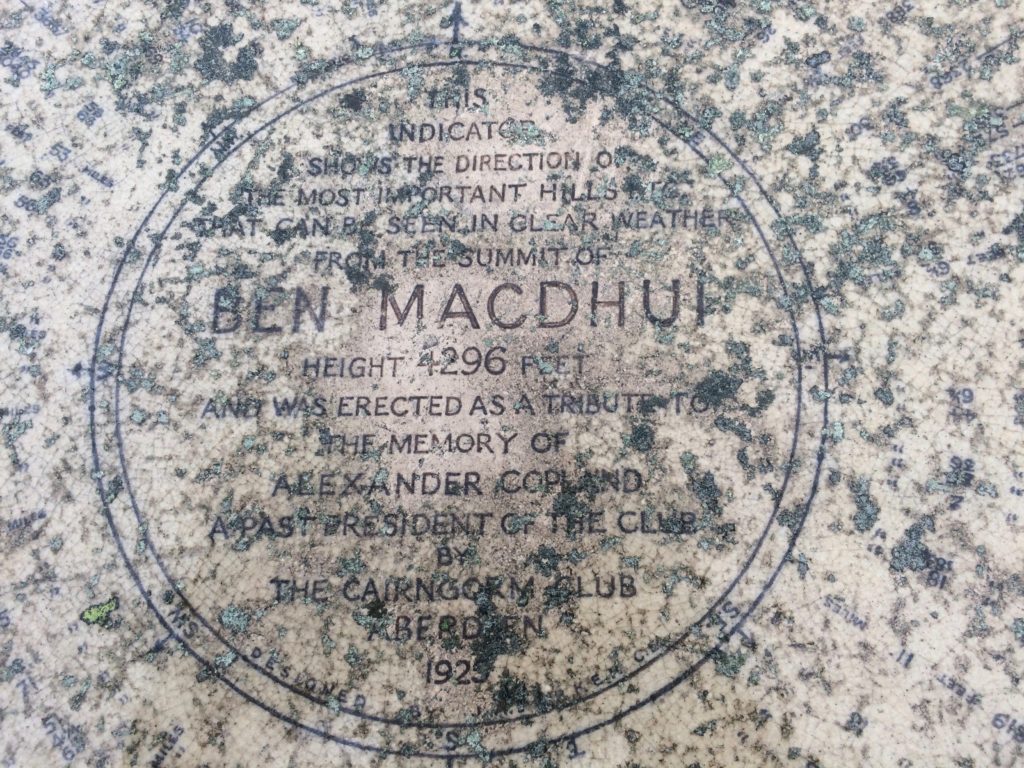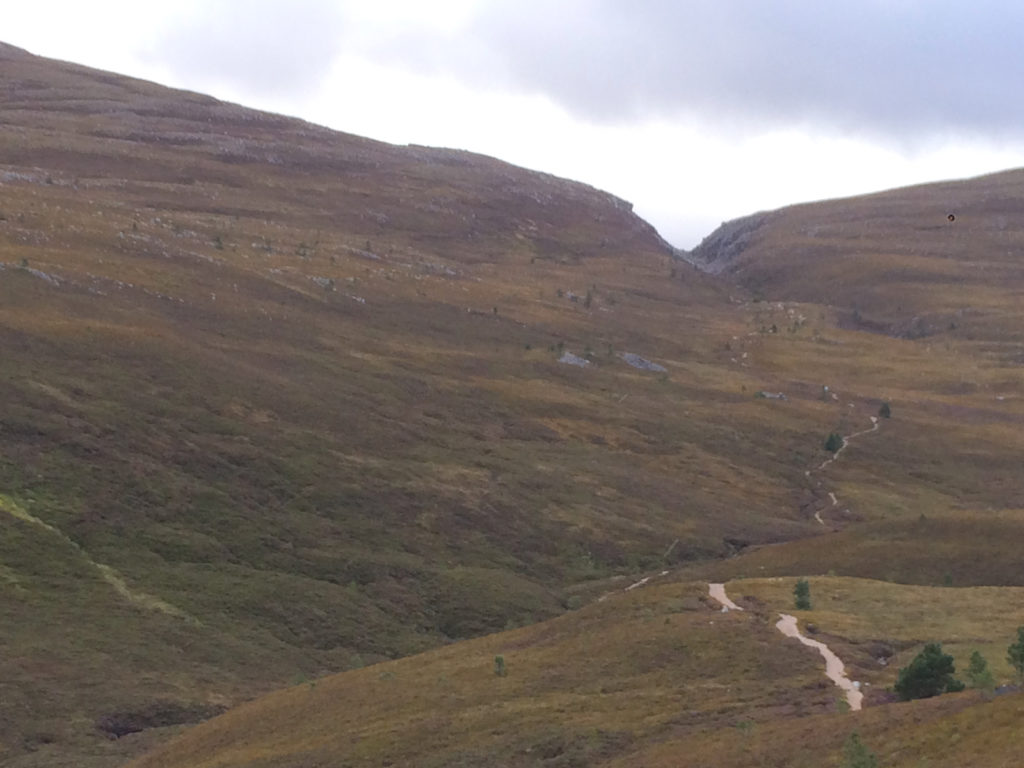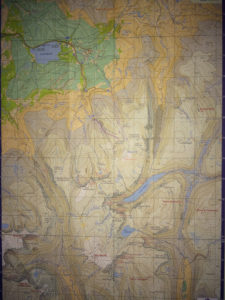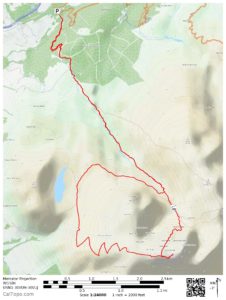
The North Face of Shuksan with the route of our ascent overlaid on Google Earth
On August 3, 4, 5, 2021 I got to climb the North Face of Shuksan via the Fisher Chimneys down the White Salmon Glacier up the North Face then up the Northeast Ridge of the Summit Pyramid. Our descent was via Hell’s Highway, Winnie’s Slide and Fisher Chimneys. This was a three day trip and we were a party of four climbing in two rope teams. We bivied at the base of the North Face and at the base of the Summit Pyramid on the Sulfide Glacier. During the trip I ran a track each day and ran that data through the Track Parser App I have developed. You can use the Track Parser for free here Track Parser App.
The Track Parser gives you 4 data files: A .csv file, an .html file, a .geojson file, and an .xlxs file. The .html file gives you an interactive mph map that is very useful for mountain bikers, skiers, and runners but not very useful for alpine climbs so it has not been included here. The .csv is only useful for those who can manipulate that data and if you can do that you can get the .csv data from the .xlxs file albeit with one more step, so for simplicity and less confusion I have not included it.
What I have included for each day is the Geojson file that when uploaded into Caltopo you get an interactive map with each leg color coded in sync with the row colors of the .xlxs file, a .kml file that will open in Google Earth and give you the data as well in that program. I have also included links to already built Caltopo maps with the data but they are “read” only, though you can export the data from them. There is also the Excel files (.xlxs file) and an overview Geopdf map that will import into Avenza.
I hope you enjoy the data and find it useful.
Day 1 Data
Day 1 Shuksan KML
Day 1 Shuksan Geojson
Day 1 xlxs
Caltopo Read Only Map Day 1
https://caltopo.com/m/D4A5N
Day 2 Data
Day 2 Shuksan KML
Day 2 Shuksan Geojson
Day 2 xlxs
Caltopo Read Only Map Day 2
https://caltopo.com/m/0H4DT
Day 3 Data
Day 3 Shuksan KML
Day 3 Shuksan Geojson
Day 3 xlxs
Caltopo Read Only Map Day 3
https://caltopo.com/m/0JBDU


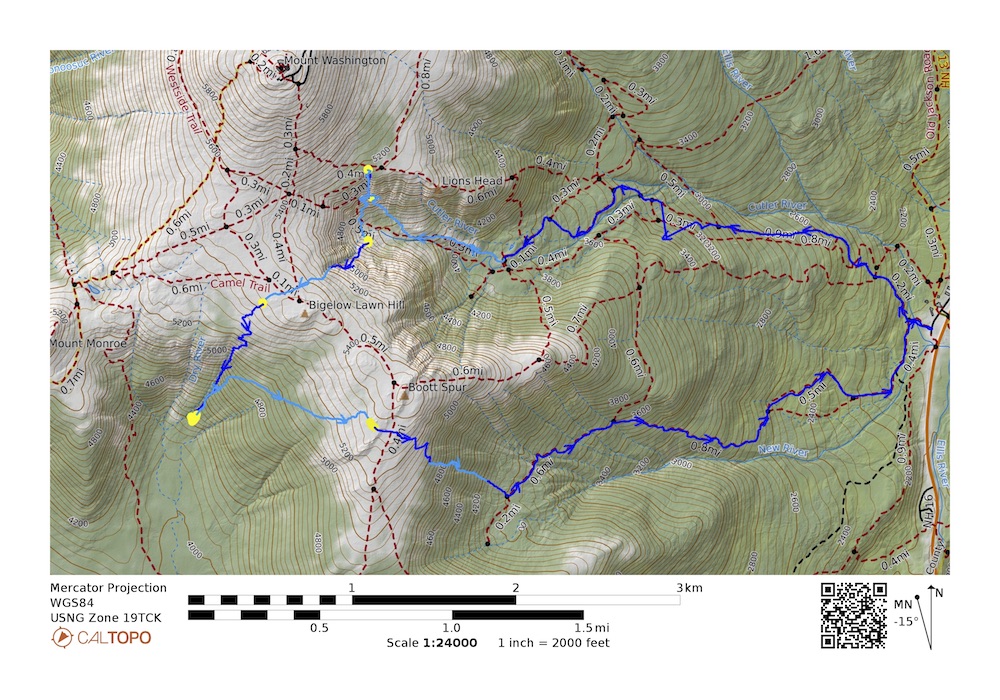
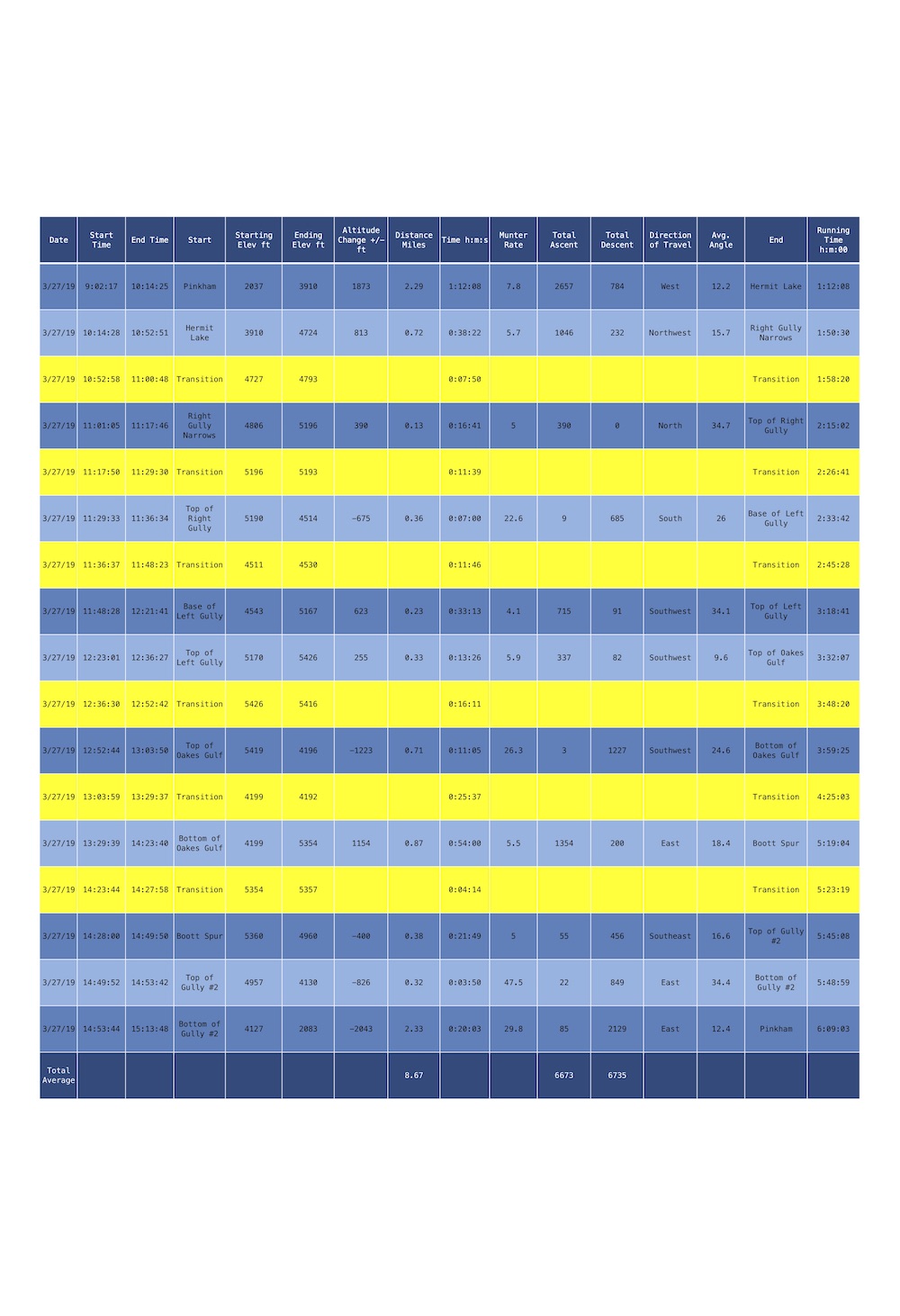








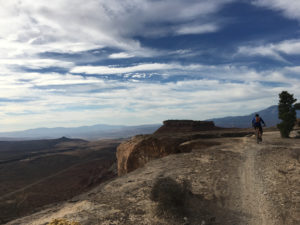 a world class trail. It’s one of the best technical trails anywhere with rolling slickrock, twisty singletrack, and vistas to die for.” With that kind of description we had to go there and do some riding.
a world class trail. It’s one of the best technical trails anywhere with rolling slickrock, twisty singletrack, and vistas to die for.” With that kind of description we had to go there and do some riding. short technical ups and downs throughout the ride. Instead of trying to describe the riding here are a few videos to give you a taste.
short technical ups and downs throughout the ride. Instead of trying to describe the riding here are a few videos to give you a taste.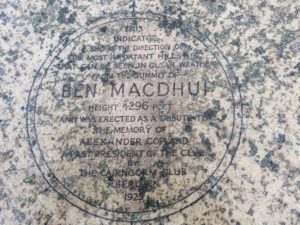 and the weather was marginal with wind in the forecast. Jane decided to take the train to Inverness while I went on a hike with a short scramble in the Cairngorm. I wanted to do the Faicaill scramble and summit Scotland’s 2nd highest summit, Ben Macdui. The night before a friend had commented on Facebook that we should try to get into a picturesque valley to the west of Ben Macdui called Lairig Ghru. The problem was there was no trail down from Ben Macdui to the valley. After a little research and a short discussion with someone at Glenmore Lodge it seemed going “cross country” down was reasonable. Below is a video of my route I made on Google Earth with a .kmz map overlay of the area. At the end of this post there is the .gpx .kmz and .kml files and a geopdf of the route.
and the weather was marginal with wind in the forecast. Jane decided to take the train to Inverness while I went on a hike with a short scramble in the Cairngorm. I wanted to do the Faicaill scramble and summit Scotland’s 2nd highest summit, Ben Macdui. The night before a friend had commented on Facebook that we should try to get into a picturesque valley to the west of Ben Macdui called Lairig Ghru. The problem was there was no trail down from Ben Macdui to the valley. After a little research and a short discussion with someone at Glenmore Lodge it seemed going “cross country” down was reasonable. Below is a video of my route I made on Google Earth with a .kmz map overlay of the area. At the end of this post there is the .gpx .kmz and .kml files and a geopdf of the route.